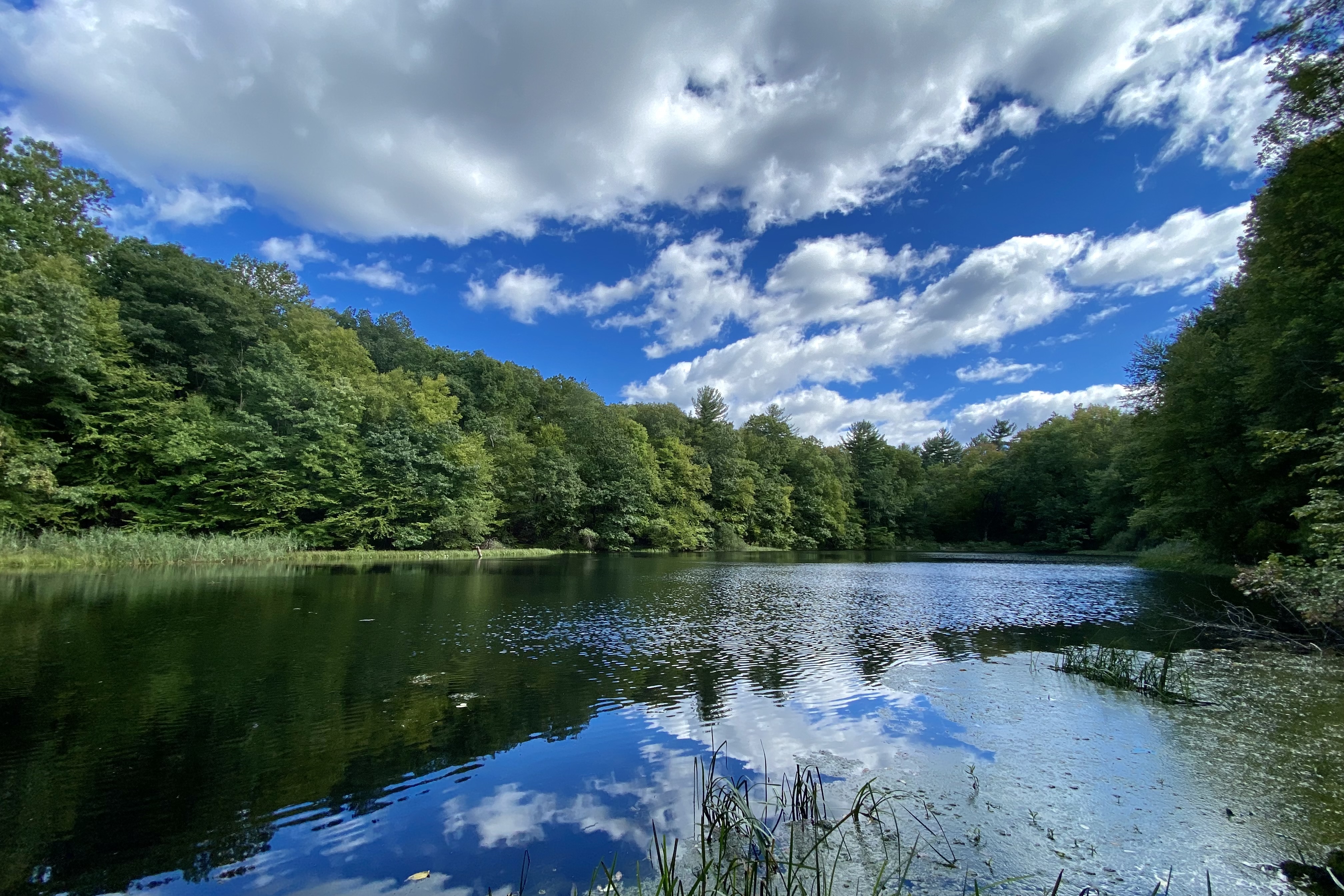What Do Those "Leave No Trace" Signs Mean?
An explanation for what those Leave No Trace signs (that you see everywhere when you go hiking or camping) mean.
Organizations who manage public lands, like hiking and nature centers, sometimes post signs that say Leave No Trace, but what does that mean?
Leave No Trace is a set of 7 principles that outline low environmental impact practices for anyone who visits the outdoors to follow for the safest and most enjoyable experience possible, both for you and for nature.
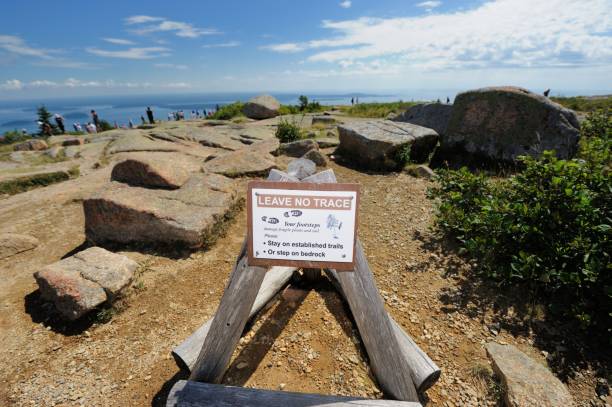
Does Leave No Trace apply to me?
Leave No Trace principles don't require you to obey certain rules while out in nature. But they should be used as guidelines for environmentally friendly, and safe, hiking.

What does it mean to Leave No Trace?
Some organizations who manage public lands partner with the Center for Outdoor Ethics (COE), the founders of the Leave No Trace principles, to educate the public on healthy land management practices as the most cost effective and least intrusive way to keep green spaces, well, green.
When you Leave No Trace, you are making a promise to yourself and the environment to be as safe and respectful as possible. This may mean that you carry out the garbage that you carried in, or getting to a campsite early enough to make a nutritious dinner that doesn’t yield leftovers or harmful grease oil.
Is Leave No Trace a goal for environmental organizations or a suggestion for hikers?
Both. The goal of environmental organizations is to preserve the outdoor spaces they oversee, which is made easier when people who use their spaces abide by the Leave No Trace principles.
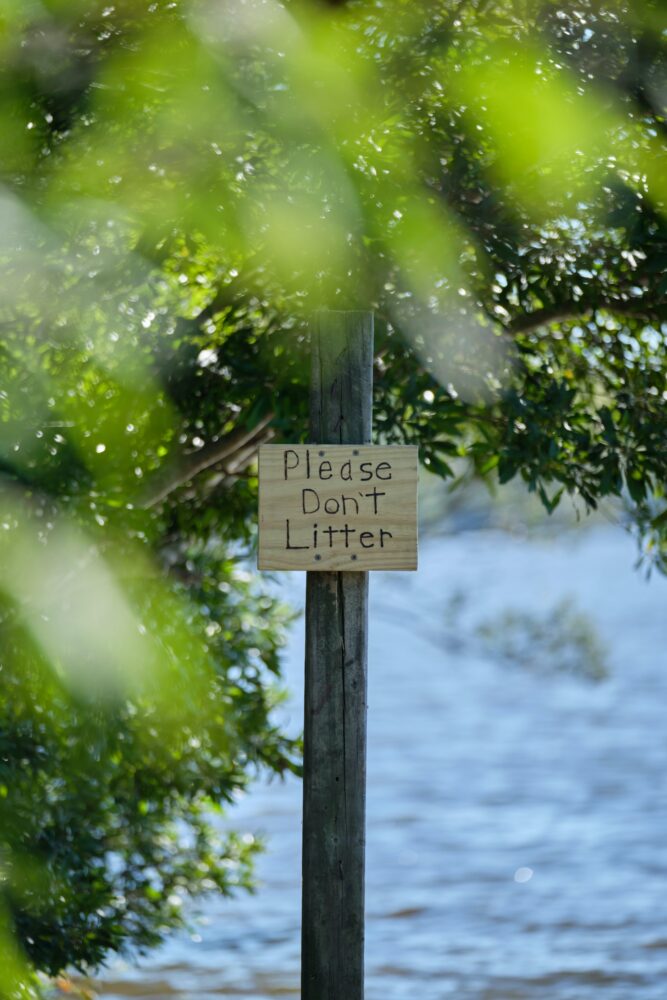
Why is Leave No Trace important?
Leave No Trace has one main goal: keeping you, those around you, and the environment safe and healthy. During COVID, people have flocked to outdoor spaces to get some fresh air during quarantine, leading to overpopulated outdoor spaces and damaged natural resources. Knowing how to best respect nature while keeping yourself safe is essential to a dynamic climate change and pandemic era world.
The 7 Principles of Leave No Trace
1. Plan Ahead and Prepare
2. Travel & Camp on Durable Surfaces
3. Dispose of Waste Properly
4. Leave What You Find
5. Minimize Campfire Impacts
6. Respect Wildlife
7. Be Considerate of Other Visitors
These principles are constantly being evaluated and changed upon the information deemed most relevant and important to the public.
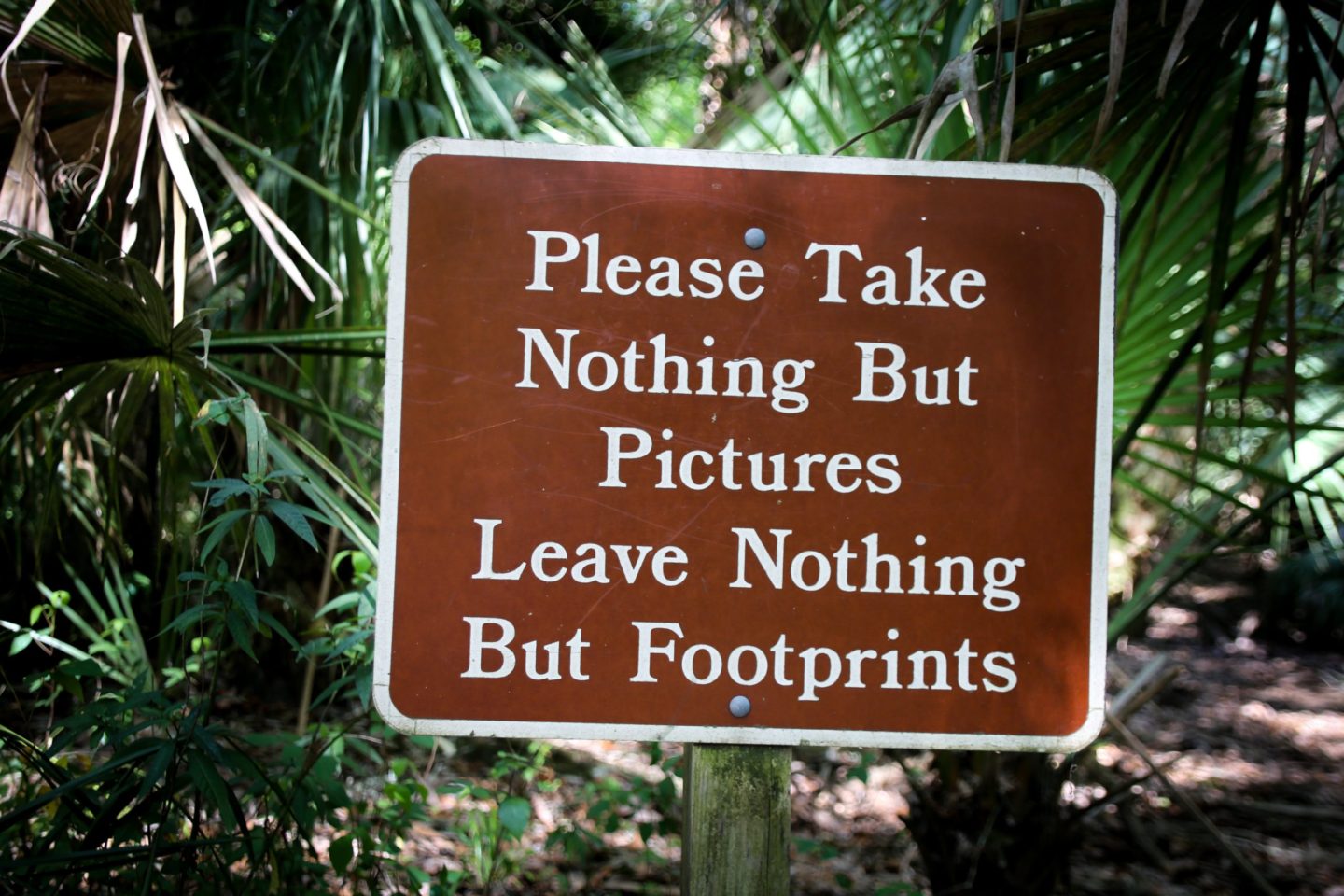
Who monitors Leave No Trace?
The COE created and continues to evaluate and change (as necessary) the 7 principles with help from the US Forest Service, National Park Service, and Bureau of Land Management.
Environmental organizations who oversee preserving the outdoor spaces you visit do their best to educate their visitors on how to keep themselves safe and the best ways to respect the nature they’re visiting. However, without the cooperation of visitors, degradation of outdoor spaces is inevitable.
You! Visitors are responsible for their actions and inactions while visiting public lands. It’s vital to the health and sustainability of the public landscape and the nature that lives there that you review and follow the Leave No Trace principles.
Westmoreland Sanctuary hopes that you find this information helpful when planning your next outdoor adventure, whether that's in your backyard or on a week long trip to a National Park. Happy Hiking!
~ Westmoreland Sanctuary Staff

An eastern box turtle, an ICUN vulnerable species who's habitat is preserved within Westmoreland Sanctuary's woodlands.
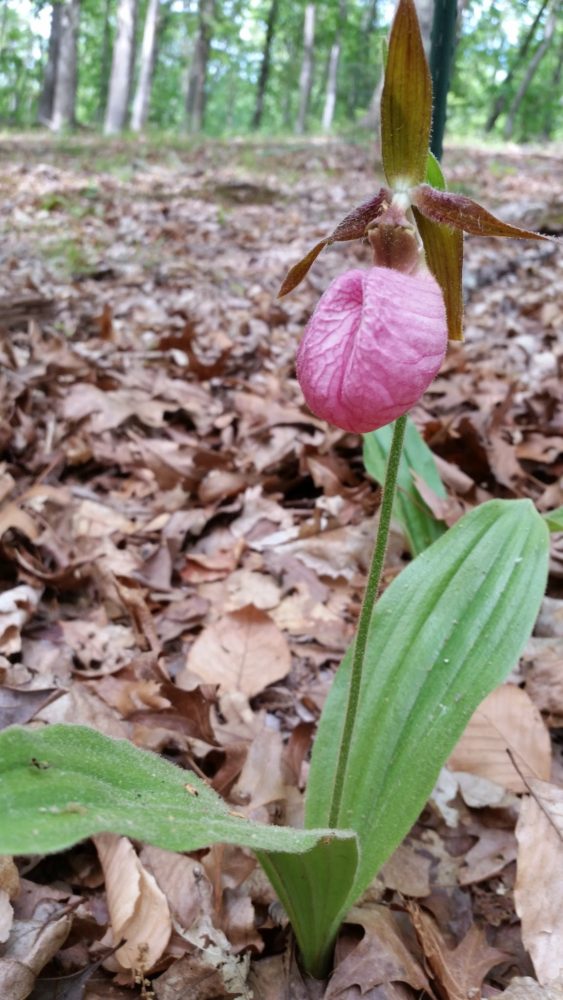
A pink lady's slipper found in the Westmoreland Sanctuary woodlands, a special concern species as listed under the Native Plant Protection Act.

